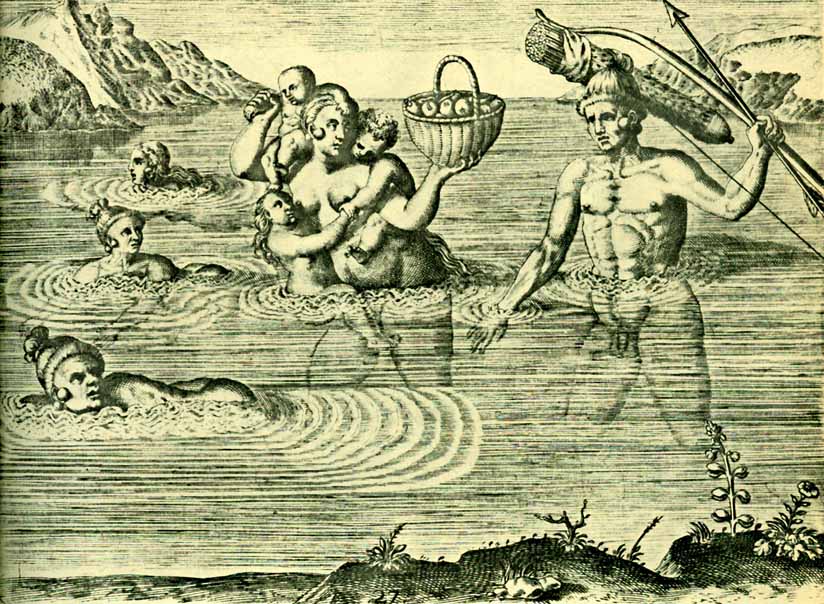
| 1990 | |||
| cited | warned | uncaught | |
| 800.03--34 incidents | |||
| 5 | 5 | Nude recreation | |
| 1 | Sleeping nude on beach | ||
| 1 | Nude in boat | ||
| 8 | 2 | 3 | Sex acts |
| 1 | Skin-colored swimsuit | ||
| 1 | Picking flowers (clothed) | ||
| 1 | 6 | Insufficient detail | |
| Law unlisted--49 incidents & 15 duplicates | |||
| 9 | 5 | 2 | Nude recreation |
| 1 | Nude castaway | ||
| 1 | Sleeping nude on beach | ||
| 1 | Mentally incompetent nude | ||
| 2 | 2 | Changing, showering, relieving oneself | |
| 2 | 1 | Nude or topfree photography | |
| 9 | 1 | 9 | Sex acts |
| 1 | Alcohol (no nudity) | ||
| 1 | Cut hand (no nudity) | ||
| 1 | Illegal size fish | ||
| 2 | Insufficient detail | ||
| 1991 | |||
| 800.03--20 incidents reported | |||
| 5 | 4 | Nude recreation | |
| 1 | Relieving oneself | ||
| 1 | Topfree photography | ||
| 2 | 1 | Sex acts | |
| 1 | Thong swimsuit | ||
| 4 | Insufficient detail | ||
| 877.03--18 non-nude incidents, plus: | |||
| 2 | Relieving oneself | ||
| 1 | Pretending to undress | ||
| 1 | Wet T-shirt in single-sex shower | ||
| 798.02--23 non-nude incidents, plus: | |||
| 1 | Nude recreation | ||
| 2.04(2)(E)--8 incidents | |||
| 2 | Nude recreation | ||
| 3 | Theatrical nudity | ||
| 1 | Sex acts | ||
| 2 | Thong swimsuit | ||
| Law unlisted--7 incidents | |||
| 1 | Nude recreation | ||
| 1 | 1 | Sex acts | |
| 2 | Sex acts (fully clothed) | ||
| 2 | Insufficient detail | ||
| 1992 | |||
| 800.03--33 incidents | |||
| 6 | 3 | 1 | Nude recreation |
| 2 | 1 | Partial nudity in car | |
| 1 | Relieving oneself | ||
| 7 | 1 | 2 | Sex acts |
| 1 | Inquiry for directions to nude beach | ||
| 8 | Insufficient detail | ||
| 877.03--26 incidents, none involving nudity | |||
| 798.02--15 incidents, all sex acts | |||
| 1993 | |||
| 800.03--43 incidents | |||
| 13 | 3 | Nude recreation | |
| 1 | Partial nudity in car | ||
| 1 | Changing or showering | ||
| 9 | 3 | 1 | Sex acts |
| 1 | Nude gawking | ||
| 1 | Entering wrong-sex restroom | ||
| 1 | Unleashed dog. Secondary “mooning” of officer by pulling leg of swimsuit up over 1 buttock | ||
| 1 | Argument (no nudity) | ||
| 18 | Insufficient detail | ||
| 877.03--43 non-nude incidents, plus: | |||
| 3 | Nude recreation | ||
| 1 | Sex acts | ||
| 798.02--13 non-nude incidents, plus | |||
| 1 | 1 | 1 | Nude recreation |